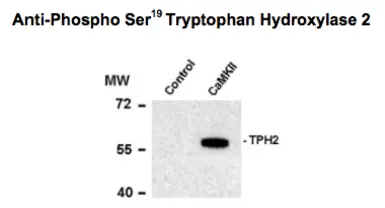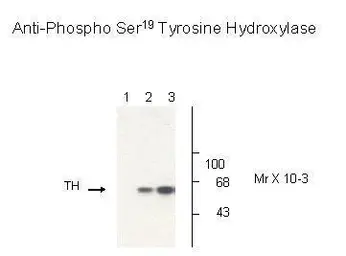TPH2 (phospho Ser19) antibody
Cat. No. GTX31131
Cat. No. GTX31131
-
HostRabbit
-
ClonalityPolyclonal
-
IsotypeIgG
-
ApplicationsWB
-
ReactivityRat

